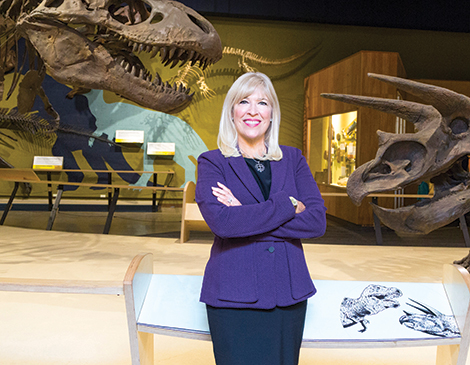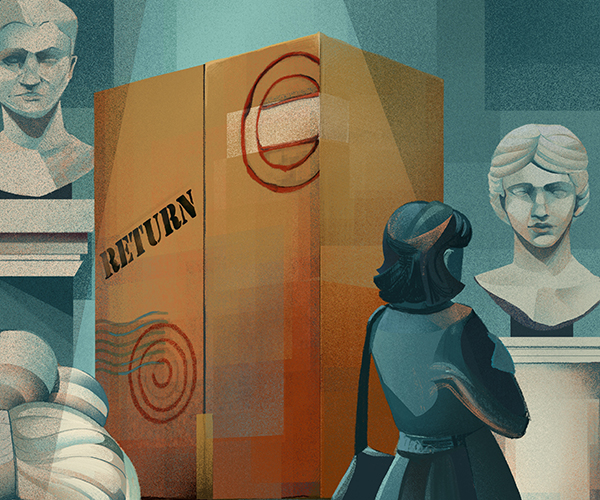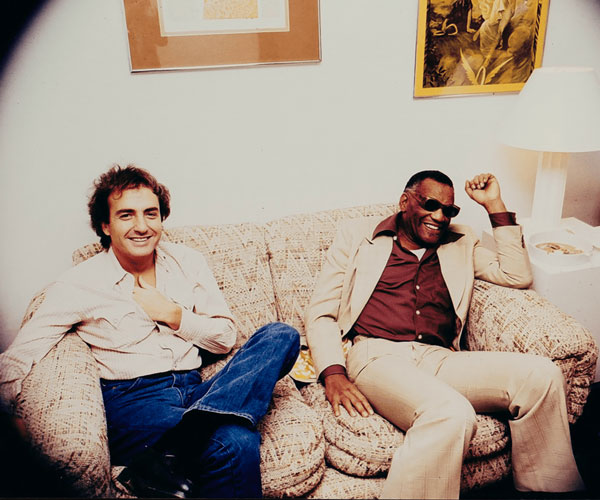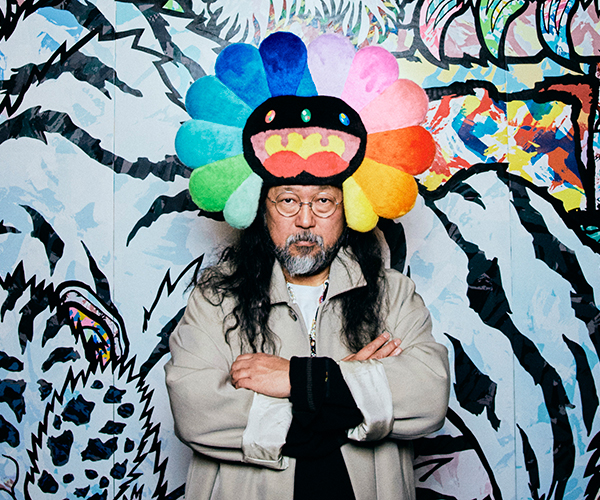Cleveland Museum of Natural History president and CEO Sonia Winner knew the museum needed a change — one based around flowing white architecture resembling water in a glacial crawl and unified storytelling to keep the origins of life relevant today.
These changes embody the goals of the museum’s $150 million transformation plan. The plan, set to finish ahead of schedule around 2024, not only drastically re-imagines the face of the museum and the ways patrons interact with exhibits, but also re-imagines the museum’s impact on University Circle. Phase one of the transformation finished in December 2016, and the second phase broke ground in June. As the project’s impact grows, here are three things to know.
The project is impacting University Circle as a whole.
In just one neighborhood, you can enjoy authentic Italian cuisine from Little Italy, catch an orchestra performance at Severance Music Center or wander around the languid Wade Lagoon. The Cleveland Museum of Natural History’s transformation will connect the museum to the surrounding neighborhood more than ever. New additions include a café on Wade Oval, a public visitor’s hall with its own specimens (including a geological sample from the moon and a reconstruction of Lucy, the 3.2-million-year-old human ancestor) and natural areas to wander such as the nature walk.
The project has continued throughout the pandemic.
While the pandemic closed the museum for nearly five months in 2020, the project continued without issue. “We were able to get 100 people on a Zoom call that, probably, we would never have been able to do without Zoom,” says Winner. “The exhibit design team and our curatorial and exhibit team have never met each other in real life. It’s just such a strange story of how we can have collaboration even if it’s through technology.” Construction, considered an essential business, never halted, and the brief closure allowed the museum to work on the interior of the building.
There will be plenty of new exhibits.
The museum’s transformation re-imagines the visitor experience. Instead of the traditional approach where subjects are in separate displays, the new method envisions a cohesive storyline. With one wing dedicated to planetary processes and another to biological, the past informs the present as patrons make their way through history. “What we’re doing is we’re trying to really integrate and tell biological processes and geological processes because (when they) work together, they really tell the story of our human impact,” says Winner.




